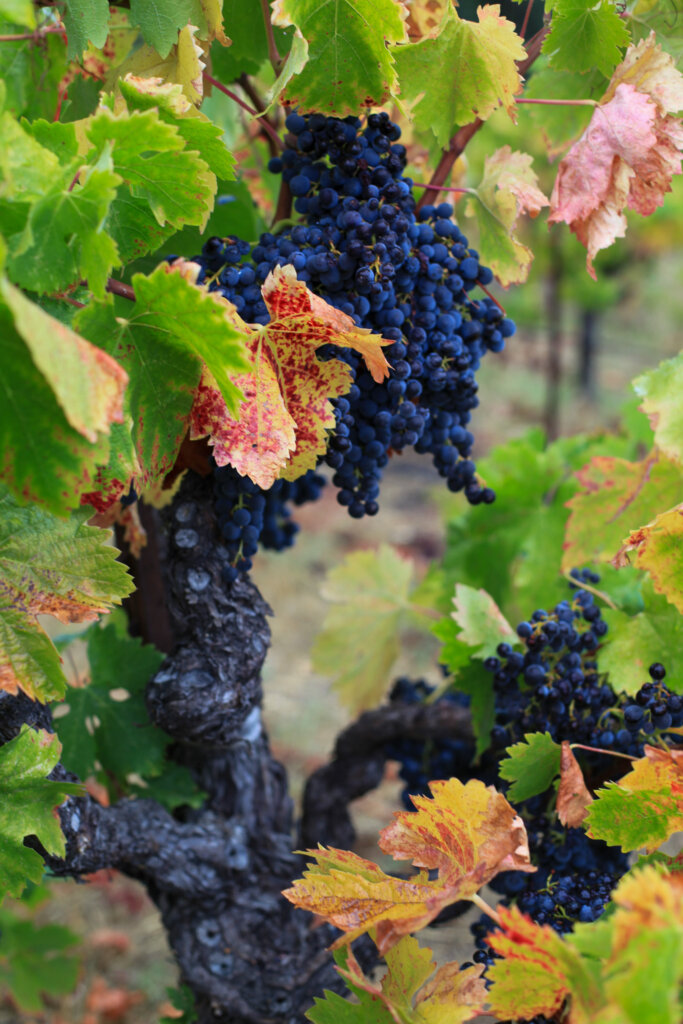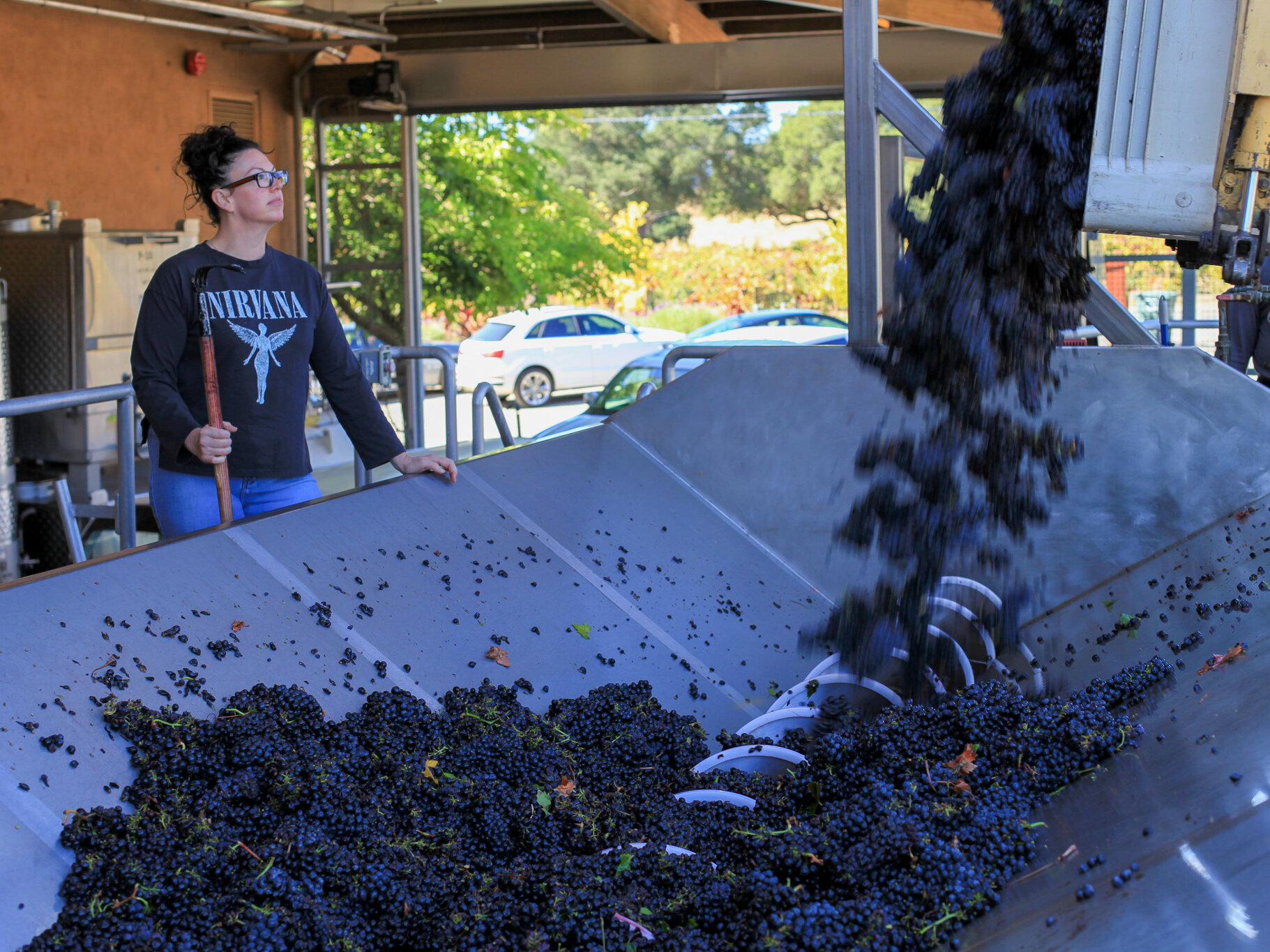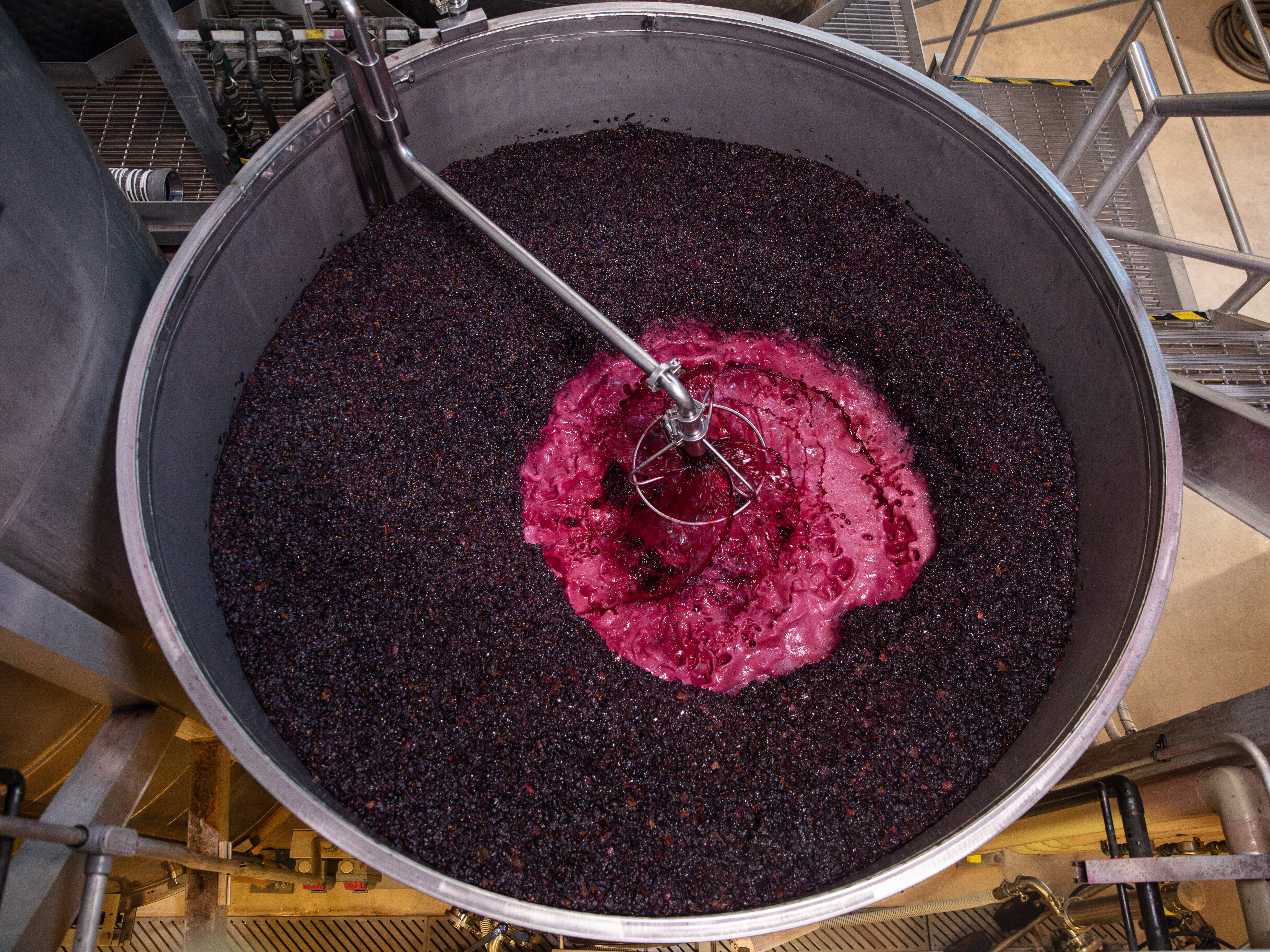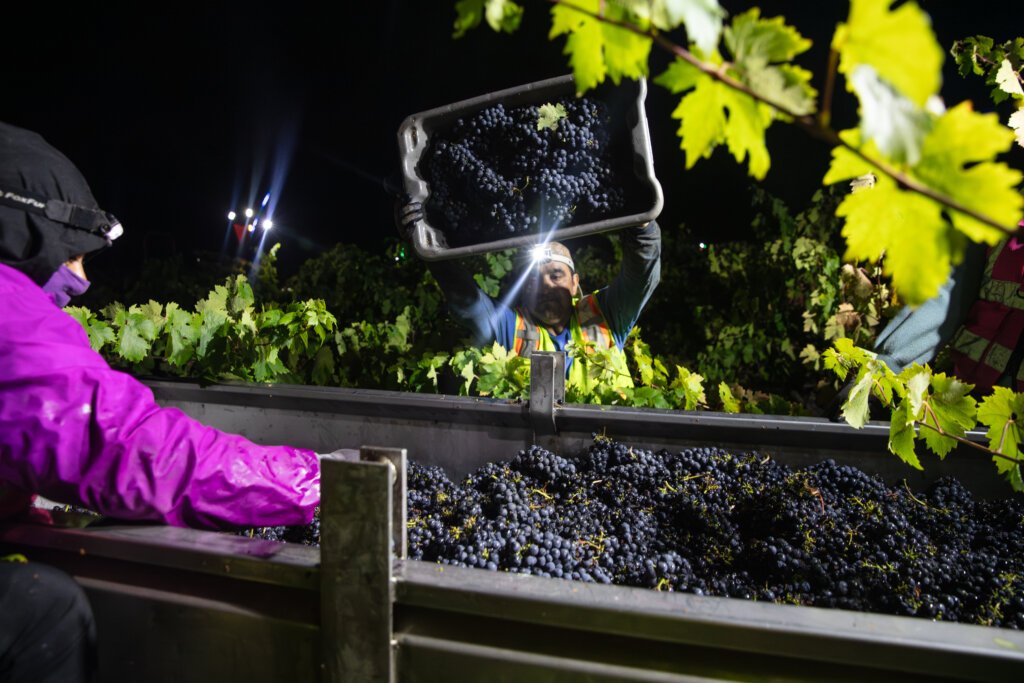2023 Harvest Report – Sonoma
January 2024
A Vintage Unlike Any Other
This harvest refused to be put in a box. We tried comparing it to 2011, 2019, 1999, and none of them were quite like the harvest we just experienced. ‘Weird, bizarre, atypical’ are all words used by the winemaking and viticulture teams, to describe this season.
It rained from December to March, bringing fifty-five inches of rain during the growing season. That is twice the normal annual rainfall. The temperatures dropped below freezing in February, and the rain turned to snow. The rain continued throughout March and early April.
We saw bud break around April 20th in our Lytton Springs estate vineyard. Budbreak occurs in the vineyard each spring as the vines wake up from their winter dormancy. As the days grow warmer, they draw on the energy they have stored through the winter to push out the first green leaves of the new growth cycle. In warm years budbreak can occur as early as February, and April 20th is the latest I have ever experienced.
Veraison happened in the beginning of August, which is also quite late. Veraison is the turning point when the vine changes focus from energy creation through photosynthesis to energy consumption where it pushes sugar to the grapes. Once we see veraison, we know that harvest is 30-60 days away.
Careful Planning
In a normal year, we see the sugars climb by 1-2 brix/week until they have reached the perfect combination of brix (sugar), pH, TA, but more importantly, they taste great, and are ready to make fine wine.
This year, there was a brix plateau in September. We sampled grapes seven days a week and the sugar levels were not moving. Everything was at 19 brix for weeks, and the cool weather supported this odd trend with consistent temperatures of 72-75 degrees.
Even more puzzling was that physiological maturity was outrunning brix. I would go into the vineyards and taste the fruit daily. By the end of September, we had grapes at 19-20 Brix that tasted as phenolically ripe as they do at 25 brix in most vintages. The grapes had soft skins, pulp that pulled easily from the seeds, brown crunchy seeds, excellent flavors, but only 19 brix.

After more than three weeks of the numbers staying the same, we produced a hypothesis. Given the volume of rain we received over the winter, the vines dug deep to push sugar to send the berries, but the vine found water instead. Thus, the vine pushed water to the berries instead of sugar, plateauing the sugar content of the fruit.
During a “normal” harvest, the first signs of dimpling on grapes mean they are getting dehydrated, and the grapes are approaching too ripe. This year, we desperately needed that dehydration to occur. All we needed was some warm weather. Finally, we saw several 90+ degree days in the 10-day forecast and we knew that it was time to start picking everything. Even though sugar accumulation took months, we hypothesized that dehydration would occur over the course of four-five days.
Given our hypothesis, we came up with a strategy which was to pick some parcels on the earlier side, knowing that some other blocks would come in on the riper side.



We began picking cinsaut for rosé on September 11th and, we picked our first zinfandel on September 14th. We picked about 300 tons over the course of a month, and then we saw our dehydration window about to occur, and we harvested more than 600 tons in one week. It was a remarkably busy week, but the strategy was successful.
As a result, the 2023 vintage will be characterized by wines that are deeply flavorful, dense and concentrated with moderate alcohol. The tannin, structure and acidity of these wines is truly impressive. The 2023 vintage will be as age-worthy as they come. We will be talking about this vintage for the rest of our lives.
—Shauna Rosenblum, Lytton Springs Winemaker
Wait!
In order to qualify for user related discounts, you must log in before proceeding with checkout. Click the button below to log in and receive these benefits, or close the window to continue.
Log In